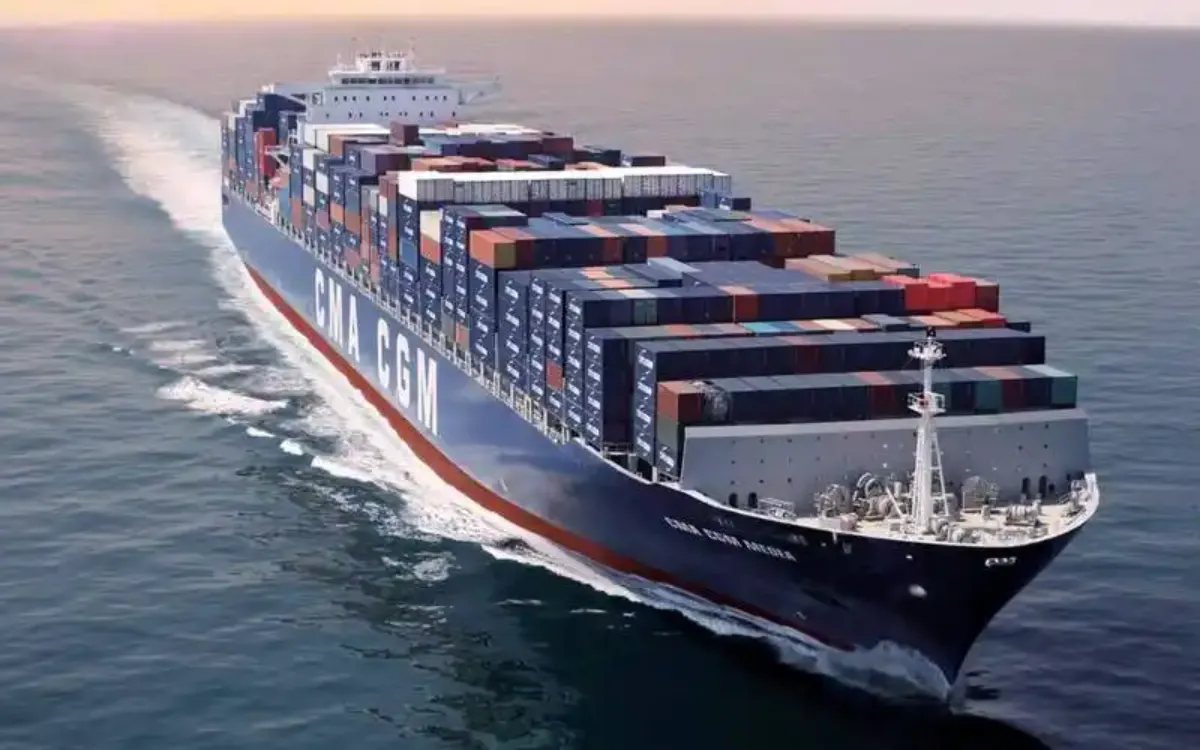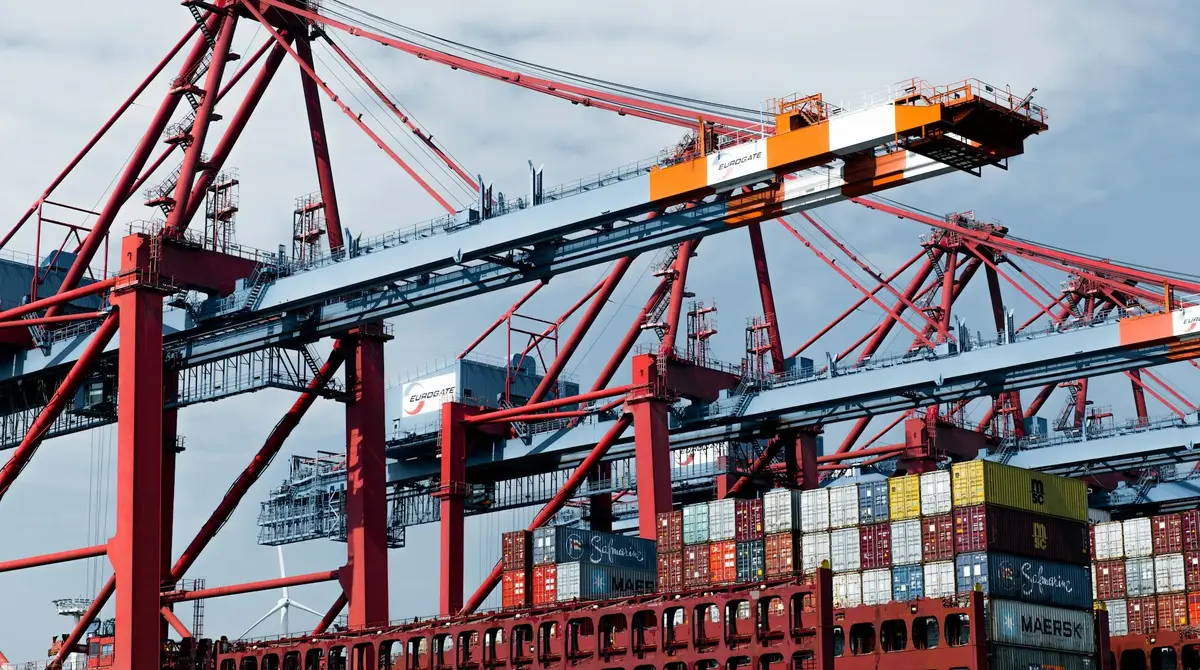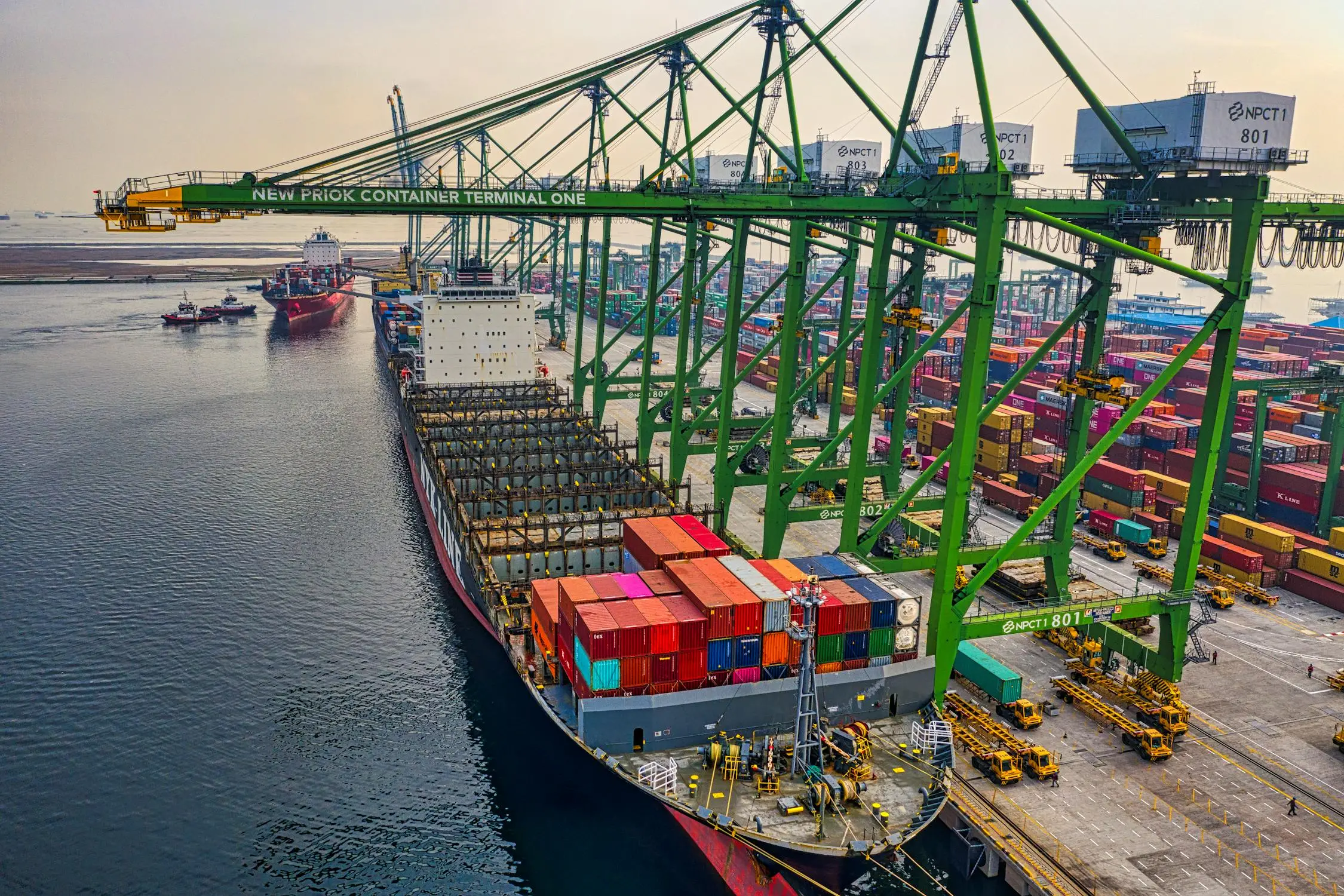
In the era of global trade, understanding the intricacies of shipping costs from China to the United States is crucial for businesses and individuals alike. This comprehensive guide delves into the factors affecting per-kilogram shipping rates, various shipping methods, and strategies to optimize costs while ensuring efficient delivery.
Understanding the Basics of China-USA Shipping Costs
Shipping costs from China to the USA are typically calculated on a per-kilogram basis, but the actual rate can vary significantly based on numerous factors. Key considerations include:
Shipping method (air, sea, or express courier)
Total weight and volume of the shipment
Destination within the USA
Type of goods being shipped
Current fuel prices and market conditions
Comparing Shipping Methods and Their Costs
Air Freight
Air freight is the fastest option but generally more expensive per kilogram. Typical costs range from $5 to $9 per kg for standard air freight, with rates potentially higher for express services.
Sea Freight
Sea freight is more economical for larger shipments but takes longer. Costs can range from $1 to $4 per kg, depending on the volume and whether it's a full container load (FCL) or less than container load (LCL).
Express Courier Services
Services like DHL, FedEx, and UPS offer fast delivery but at premium rates. Costs can range from $10 to $20 per kg for smaller packages, with rates decreasing for larger shipments.
Factors Influencing Per-Kilogram Shipping Rates
Weight and Volume Considerations
Shipping costs are typically based on either the actual weight or the volumetric weight (dimensional weight), whichever is greater. This can significantly impact the per-kg rate, especially for bulky but light items.
Fuel Surcharges
Fluctuating fuel prices can lead to variable surcharges, affecting the overall per-kg cost. These surcharges are more pronounced in air freight due to higher fuel consumption.
Peak Season Impacts
Shipping costs tend to increase during peak seasons such as Chinese New Year, Christmas, and Black Friday. Rates can surge by 30-50% during these periods.
Customs and Duties
While not directly part of the shipping cost, customs duties and taxes can add significantly to the overall expense. These are typically calculated based on the declared value of the goods.
Breakdown of Shipping Costs from China to USA
To better understand the composition of shipping costs, let's break down the typical expenses involved:
Base Shipping Rate: The core cost per kg set by the carrier
Fuel Surcharge: Additional fee to cover fluctuating fuel prices
Security Surcharge: Fee for enhanced security measures, especially in air freight
Terminal Handling Charges: Costs for handling goods at ports or airports
Documentation Fees: Charges for preparing and processing shipping documents
Insurance: Optional cost to protect against loss or damage during transit
Customs Clearance Fees: Charges for clearing goods through customs
Cost Comparison Across Major Chinese Ports
Shipping costs can vary depending on the port of origin in China. Here's a comparison of average per-kg rates from major Chinese ports to the USA:
| Port | Air Freight (per kg) | Sea Freight (per kg) |
|---|---|---|
| Shanghai | $6 - $8 | $2 - $3 |
| Shenzhen | $5.50 - $7.50 | $1.80 - $2.80 |
| Guangzhou | $5.80 - $7.80 | $1.90 - $2.90 |
| Ningbo | $6.20 - $8.20 | $2.10 - $3.10 |
Impact of Product Type on Shipping Costs
Different types of products can incur varying shipping costs due to their nature and handling requirements:
Standard Products
Regular items like clothing, electronics, or household goods typically fall within the standard per-kg rates mentioned earlier.
Oversized or Heavy Items
Large or heavy products often incur additional handling fees and may be subject to dimensional weight pricing, potentially increasing the per-kg cost.
Fragile or Valuable Items
Delicate or high-value items may require special packaging and handling, leading to higher per-kg rates and additional insurance costs.
Hazardous Materials
Shipping hazardous materials involves strict regulations and special handling, resulting in significantly higher per-kg rates and additional documentation fees.
Strategies to Reduce Shipping Costs
Consolidation
Combining multiple small shipments into one larger shipment can reduce the overall per-kg cost, especially for sea freight.
Negotiating with Freight Forwarders
For regular shipments, negotiating rates with freight forwarders can lead to better per-kg prices, especially for consistent, high-volume shipping.
Optimizing Packaging
Efficient packaging that minimizes dimensional weight can help reduce costs, particularly for air freight shipments.
Choosing the Right Shipping Method
Balancing speed and cost by selecting the appropriate shipping method for each shipment can optimize overall expenses.
The Role of Technology in Shipping Cost Management
Online Rate Comparison Tools
Digital platforms allowing quick comparison of shipping rates across multiple carriers have become invaluable for cost-conscious shippers.
Shipment Tracking and Visibility
Advanced tracking systems provide real-time updates, helping manage expectations and reduce costs associated with delays or lost shipments.
Automated Customs Documentation
Software solutions streamlining customs documentation processes can reduce errors and associated costs in international shipping.
Future Trends Affecting China to USA Shipping Costs
E-commerce Growth
The continued expansion of e-commerce is likely to drive demand for efficient, cost-effective shipping solutions, potentially leading to more competitive per-kg rates.
Environmental Regulations
Increasing focus on reducing carbon emissions in shipping may lead to new surcharges or incentives affecting per-kg rates.
Technological Advancements
Emerging technologies like blockchain and AI in logistics may streamline processes, potentially reducing operational costs and, by extension, shipping rates.
Case Studies: Real-World Shipping Cost Scenarios
Case Study 1: Small E-commerce Business
A small online retailer shipping 100 kg of clothing from Guangzhou to Los Angeles opted for express air freight, incurring a cost of $7.50 per kg. Total shipping cost: $750, plus $100 in customs fees.
Case Study 2: Medium-sized Electronics Importer
An electronics importer shipping 1000 kg of goods from Shenzhen to New York via sea freight paid $2.50 per kg. Total shipping cost: $2,500, plus $300 for customs clearance and $200 for insurance.
Case Study 3: Large Furniture Retailer
A furniture company shipping a full 40-foot container (approximately 28,000 kg) from Shanghai to Houston via sea freight negotiated a rate of $1.80 per kg. Total shipping cost: $50,400, including all handling and documentation fees.
Navigating Customs and Regulatory Requirements
Understanding HS Codes
Proper classification of goods using Harmonized System (HS) codes is crucial for accurate customs duties and avoiding costly delays.
Compliance with US Import Regulations
Adherence to US Customs and Border Protection regulations is essential to prevent fines and shipment holds, which can increase overall costs.
Documentation Accuracy
Ensuring all shipping documents are accurate and complete can prevent delays and additional costs associated with customs clearance issues.
The Impact of Trade Policies on Shipping Costs
Tariffs and Trade Agreements
Changes in tariffs and trade agreements between China and the USA can significantly impact the overall cost of importing goods, affecting shipping decisions and routes.
Geopolitical Factors
Political tensions or policy changes can lead to disruptions in shipping routes or additional security measures, potentially increasing per-kg shipping costs.
Seasonal Variations in Shipping Costs
Understanding seasonal trends is crucial for cost-effective shipping planning:
Chinese New Year (January/February): Rates typically increase due to factory closures and reduced shipping capacity.
Summer Peak Season (July-September): Higher demand for consumer goods can drive up shipping costs.
Holiday Season (October-December): Increased e-commerce activity often leads to higher rates and limited capacity.
Post-Holiday Season (January-March): Generally lower rates due to decreased demand after the holiday rush.
Leveraging Freight Forwarders for Cost Optimization
Freight forwarders can play a crucial role in optimizing shipping costs from China to the USA:
Rate Negotiation: Leveraging relationships with carriers to secure better per-kg rates.
Route Optimization: Identifying the most cost-effective shipping routes and methods.
Consolidation Services: Combining shipments to achieve better rates for smaller volumes.
Customs Expertise: Navigating complex customs regulations to avoid costly delays and fines.
Market Insights: Providing valuable information on market trends and rate fluctuations.
Parting Thoughts: Mastering China to USA Shipping Costs

Understanding and optimizing shipping costs from China to the USA is a complex but crucial aspect of international trade. By considering factors such as shipping methods, weight and volume calculations, seasonal variations, and leveraging technology and expert services, businesses can significantly reduce their per-kg shipping costs while maintaining efficient and reliable supply chains.
As global trade continues to evolve, staying informed about market trends, regulatory changes, and emerging technologies will be key to maintaining competitive shipping costs. Whether you're a small e-commerce business or a large-scale importer, the ability to navigate these complexities can significantly impact your bottom line and overall success in the international marketplace.
Remember, the lowest per-kg rate isn't always the best option. Consider factors like transit time, reliability, and the total landed cost when making shipping decisions. By taking a holistic approach to shipping from China to the USA, businesses can strike the right balance between cost-effectiveness and operational efficiency, positioning themselves for success in the dynamic world of global commerce.
 Easy Shipping From Global, Save Cost
Easy Shipping From Global, Save Cost













